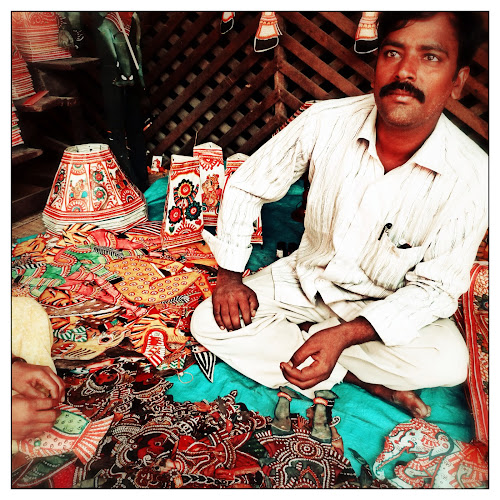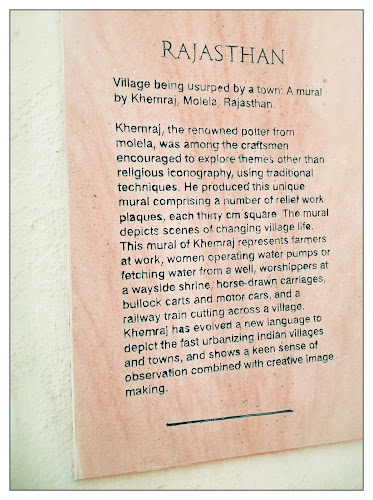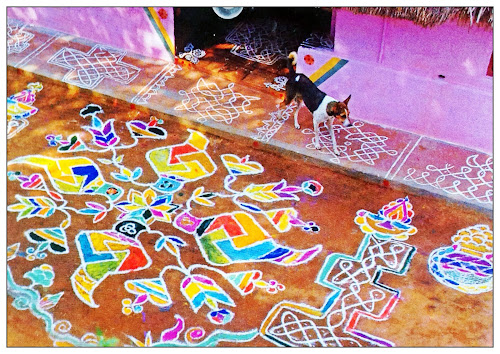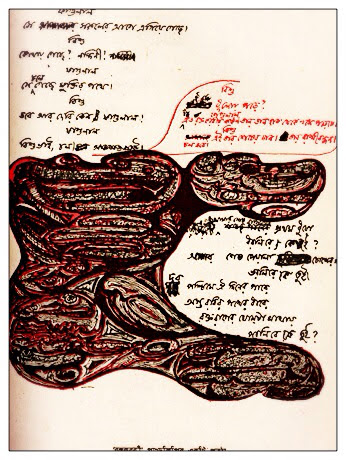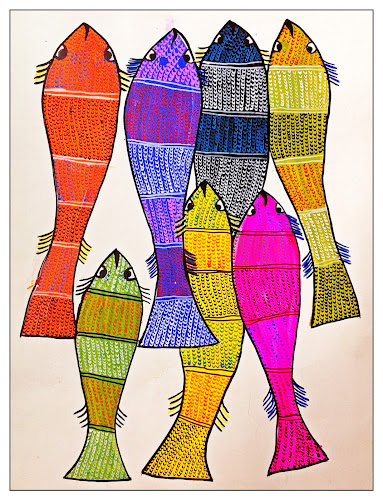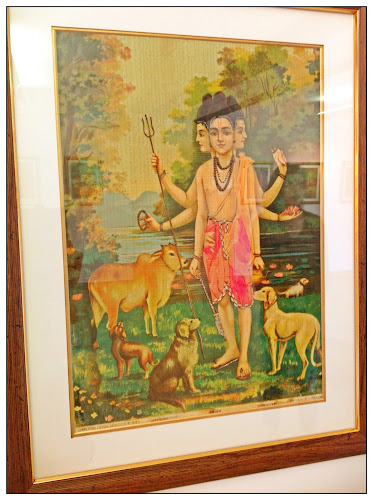In an old book about Indian miniatures I came across this ancient method of transferring an image...and I found it fascinating. It's a stencil of sorts, but would be fun to do with kids since it doesn't involve complicated positives and negatives, rather it's a fairly straightforward way of copying images, with no limitations on how complex the original image is.
The act of copying things has become such a non-issue for kids growing up surrounded by xerox machines and in-home color printers and copiers that I think it's fun to point out that it wasn't always this simple. Entire art forms have been invented for the purpose of making copies. I have alway enjoyed teaching children rudimentary ways of copying images, from covering the back of a page with graphite or pencil lead and then tracing over the image to on front (homemade carbon paper), to actual carbon paper--stacks and stacks of it for multiple images, and, of course, printmaking. But this punch transfer is new to me.
Offer kids a darning needle, toothpick, or drypoint tool and challenge them to punch holes along the important lines of a drawing or a photograph. With a new piece of paper underneath, use a bit of ground up charcoal, colored pastel, or tempera powder and rub gently on top of the image, making sure it doesn't move until entire image is covered. Then connect the dots on the paper underneath. It could be fun to make multiple copies, overlap images, even thread a needle and make stitches in the original punched paper. Many of the shapes in the original could probably be punched out and used for collage. This could be a fun one-off project for exploring and experimentation in between projects, or it could turn into something bigger. I always enjoy being honest with the kids when I'm trying something new, and encourage everyone to jump in and brainstorm about possibilities.











